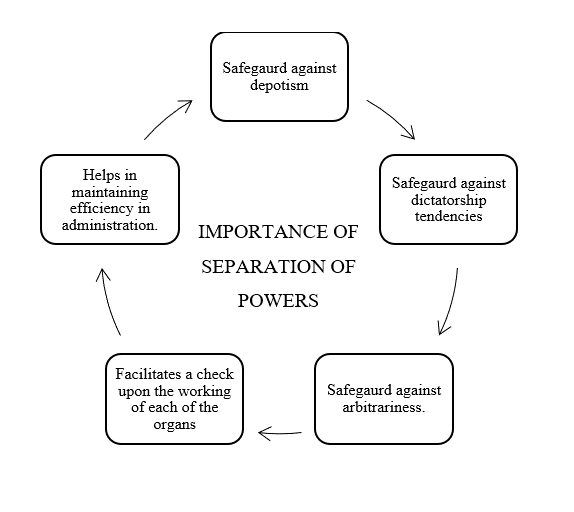[ad_1]

Context:
The proposed amendments to the Indian Administrative Service (IAS) (Cadre) Rules of 1954 have triggered another round of conflict between the Centre and the States.
The amendments proposed by the Department of Personnel and Training, Government of India, will take away the liberty of the States to deny consent for handing over civil servants for Central deputation.
Further, if there are differences between the Centre and the States, the Centre’s decision will have to be accepted by the States within a specified time period.
Tamil Nadu, Kerala, West Bengal, Jharkhand, Rajasthan, Chhattisgarh and Telangana have objected to the amendments.
The proposed changes are the latest examples in the evolution of the combative nature of federalism in India where the States and the Centre are always at loggerheads.
Instances of shifting tides towards combative federalism:
- The shift of Indian federalism from co-operative to combative has been one of the major changes in Indian polity since the present government assumed power at the Centre with a brute majority.
- The expression ‘combative federalism’ was used by former Uttarakhand Chief Minister immediately after his government was dismissed under Article 356 of the Constitution by President’s proclamation.
- Immediately thereafter, the Centre started wielding power by interfering with the affairs of the States using the Governor’s office.
- In 2016, when the Governor of Arunachal Pradesh decided to advance the Assembly elections, which led to political crisis in the State and then President’s Rule, the Supreme Court had to intervene and set right the constitutional crisis by holding that the Governor’s discretion did not extend to the powers conferred under Article 174.
- The Governor cannot summon the House, determine its legislative agenda or address the legislative Assembly without consulting the Chief Minister or the Speaker.
- In Goa, Karnataka and Maharashtra, we saw examples of the Governor acting beyond his constitutional brief by inviting parties and formations which did not have an adequate majority to form the governments.
- In Rajasthan, the Governor refused to summon a session as desired by the Council of Ministers. This again brought to light how the Centre interferes in State affairs.
- The question of who should have control of the National Capital Territory of Delhi was resolved by the Supreme Court in 2018, but the dispute continues to linger in one form or the other before the courts.
- The Constitution Bench of the Supreme Court held that the power of the Lieutenant-Governor of Delhi to differ from the Delhi government and make reference to the President is only with respect to exceptional matters like land, police and public order.
- However, the Supreme Court had to again remind the Delhi government and the Centre in Ajit Mohan v. Legislative Assembly, National Capital Territory of Delhi & Ors (2021) that for the system “to work well, the Central Government and the State Government have to walk hand in hand or at least walk side by side for better governance.”
Need of the hour: Collaborative federalism
- There are instances that investigations agencies went against to political leaders of state governments, purportedly for political reasons, into the functioning of the State governments have caused considerable dent in the federal architecture of the country.
- This is why various States have withdrawn the general consent for functioning of the CBI in their respective jurisdictions.
- Combative federalism is anathema to the Constitution which prescribes cooperation and collaboration between the Centre and the States.
- The Constitution Bench of the Supreme Court held in Government of NCT of Delhi v. Union of India (2018) that the idea behind the concept of collaborative federalism is negotiation and coordination so that differences which may arise between the Centre and the State Governments in their respective pursuits of development can be ironed out.
- The Court said: “Union Government and the State governments should endeavour to address the common problems with the intention to arrive at a solution by showing statesmanship, combined action and sincere cooperation.”
India opted for quasi-federal structure after independence. The term “federal” has not been mentioned in the constitution but the working of Indian democracy is essentially federal in structure.
However, it is the practical working style of federalism, which brought the concept of cooperative federalism and competitive federalism in India.
Conclusion:
The Constituent Assembly, while framing our Constitution, never envisaged a situation where the Central and the State governments would stand in the way of each other.
Encroachment by either of the constituent units is strictly prohibited and expressly held abhorrent by the Constitution.
Rather than wasting time and energy in unnecessary conflicts, the Centre and the States have to strive to work in coordination in the best interests of the people.
[ad_2]

